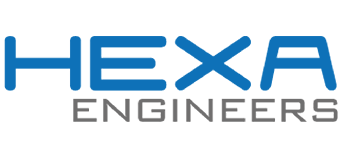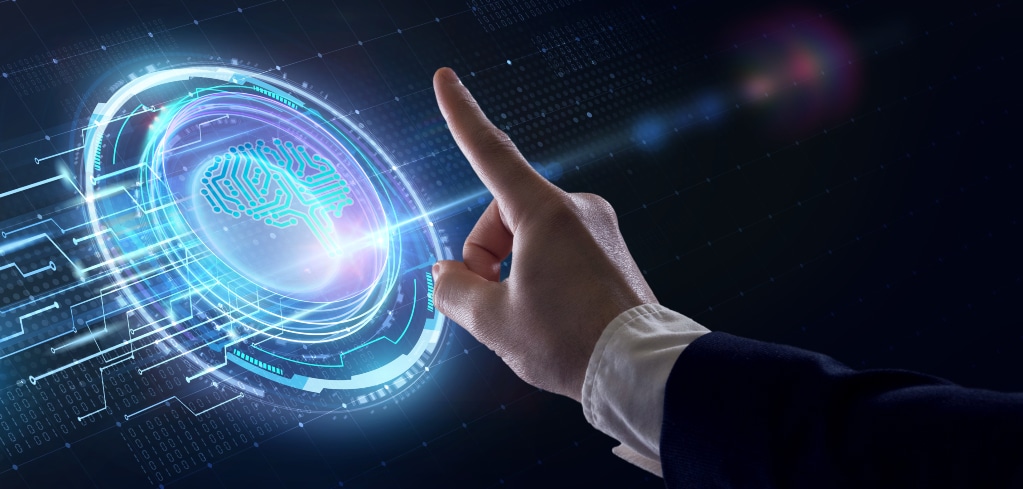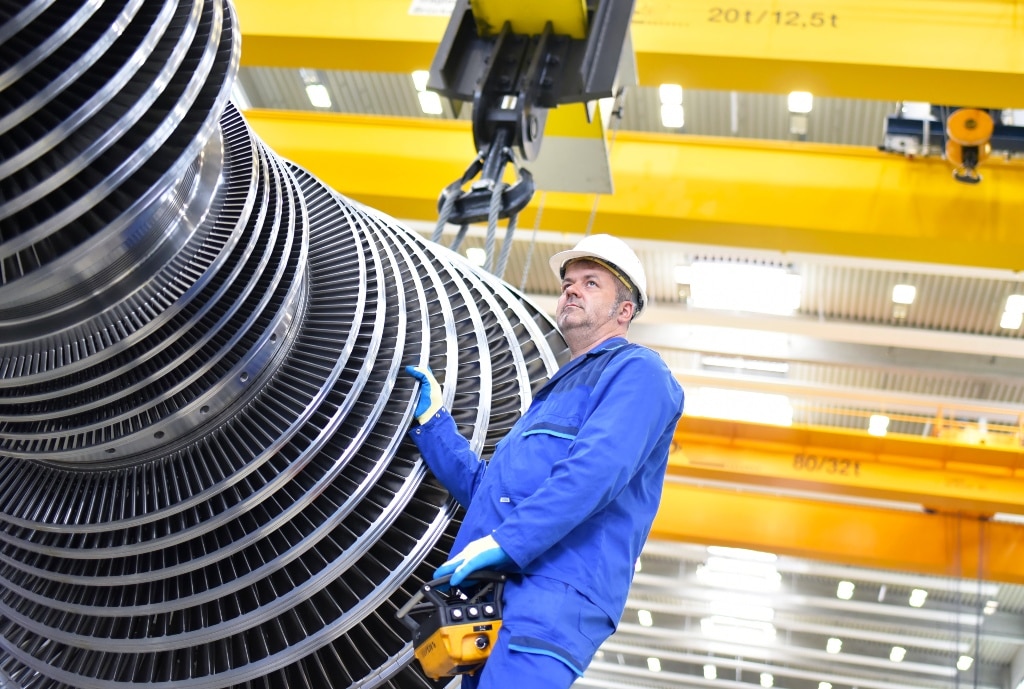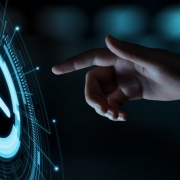Industry 4.0 and the growing mix of disruptive technologies
Much of the success in the development and updating of Industry 4.0 has to do with the progressive introduction of a series of recent technologies that increasingly have a place in the growth plans of industrial companies. Despite the logical investment that its implementation requires, its quick development and adoption by the industry, allows costs to be reduced thanks to economies of scale.
Today you cannot think of Industry 4.0 of the near future without concepts such as machine learning, deep learning, Artificial Intelligence or computer vision not in the conversation. Next we are going to describe and briefly reel off these technological concepts. Concepts that in a short time have gone from being unknown to being part of the panorama of the production industry of the present.
Deep learning and computer vision
Computer vision companies develop machine vision platforms and models that can capture, process, analyze and understand digital images. The goal of a computer vision system is none other than to generalize and realize patterns and relationships based on training data and to automatically perceive and understand visual data.
Machine learning technology is the heart of Artificial Intelligence technology. Machine learning allows computer systems to solve very complex problems that humans cannot solve. Deep learning technology is part of machine learning. Or expressed in other words, it is a class of machine learning algorithms.
These algorithms use a multi-layered filter system to achieve hierarchical search and retrieval of meaningful patterns. Each input layer gets the output data from a previous layer (that is, higher-level patterns are derived from a lower level). Most deep learning algorithms are artificial neural networks of various types consisting of neurons similar to those created by nature in our human brain.
The neural network in machine learning
The artificial neural network is a computational learning system that uses a network of functions to understand and translate data input from one way into the desired output, usually in another form. It is a learning system, which means that it acts not only on the basis of pre-established algorithms, but also taking into account its own experience.
The neuron in deep learning is somewhat similar to a black box, having many inputs and only one output. A neuron receives signals and forms an output signal based on them. The principles of the output signal formation are governed by the internal algorithm. These algorithms are based on the model of the human brain and are designed to recognize patterns.
Neural networks interpret sensory data while labeling or grouping raw input. The patterns they recognize are numerical, contained in vectors, to which all real-world data must be translated, be it images, sound, text or time series. Neural networks group and classify your data, and group the unlabeled data based on the similarities between the sample inputs, and classify the data based on the training data sets. Neural networks can be considered a component of larger-scale machine learning applications.
Computer vision technology is closely related to Artificial Intelligence technology, since the computer has to interpret what it sees, analyze the information it obtains through images, and act according to the algorithm.
Computer vision image processing involves actions similar to those performed by a human being when perceiving the world around him through his eyes. Thus, computer vision is a field of computer science that works to allow computers to view, identify, and process images in the same way that human vision does, and then provide appropriate results.
Three basic steps in computer vision
Get a picture
The images necessary for the analysis can be received by photo, video or even through 3D technology.
Process the image
Deep learning models based on multiple algorithms automate the process, but the models must be trained on large numbers of pre-tagged or identified images. This step is called deep learning education.
Understand the image
This step involves interpreting the data. Here objects are identified, classified and grouped.
Today’s machine computer platforms can be used in different ways depending on the goals they want to achieve.
-Facial recognition that not only recognizes human faces in the image, but also identifies the personality of the individual.
-Image segmentation that analyzes the image into pieces and analyzes each one of them.
-Object detection that identifies a specific object in the image.
-Pattern detection that recognizes repeated patterns in images such as colors and shapes.
-Classification of images that groups images into categories.
-Edge detection that identifies the outer edges of objects.
-Presents matching pair similarities in images to facilitate the classification process.
The goal of computer vision is to obtain useful results from the visual information received and processed. Based on this information, a computer can generate 2D or 3D images that can be used, for example, in the automotive industry to inform drivers and help them analyze and react to situations on the road such as traffic lights, traffic signs, pedestrians or other cars on the road. In the case of a factory warehouse, where machine vision data received and analyzed can help keep inventory on the shelves, for example.
Computer vision uses machine learning. A computer must be able to see objects, but also understand what objects are, classifying, grouping and analyzing data. To use deep learning solutions successfully, you need to know how neural networks work, and you need to be able to select the type of network that best suits your goals and be able to tune into that network and select algorithms for reliable and usable results.










